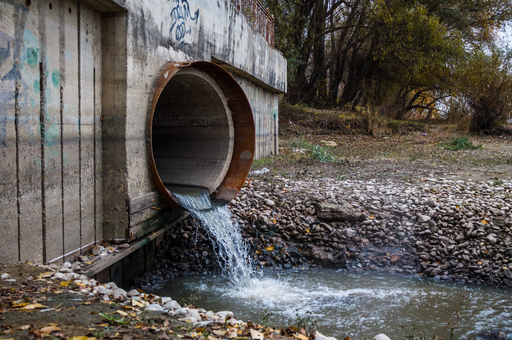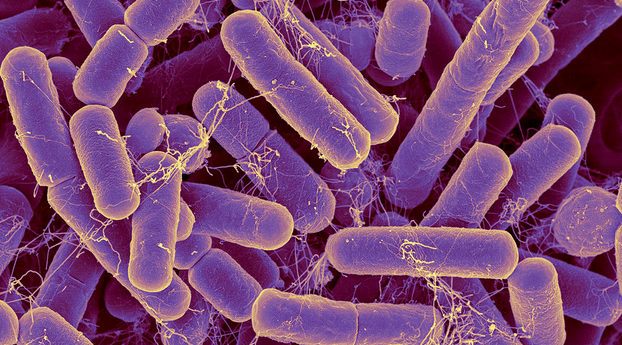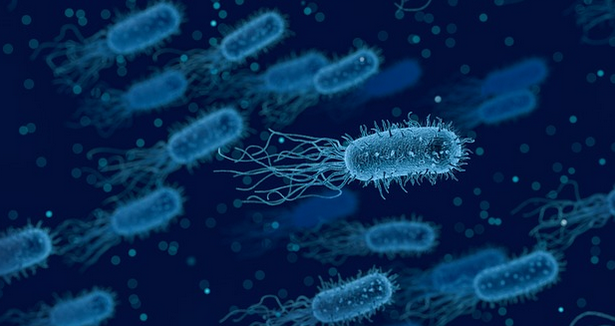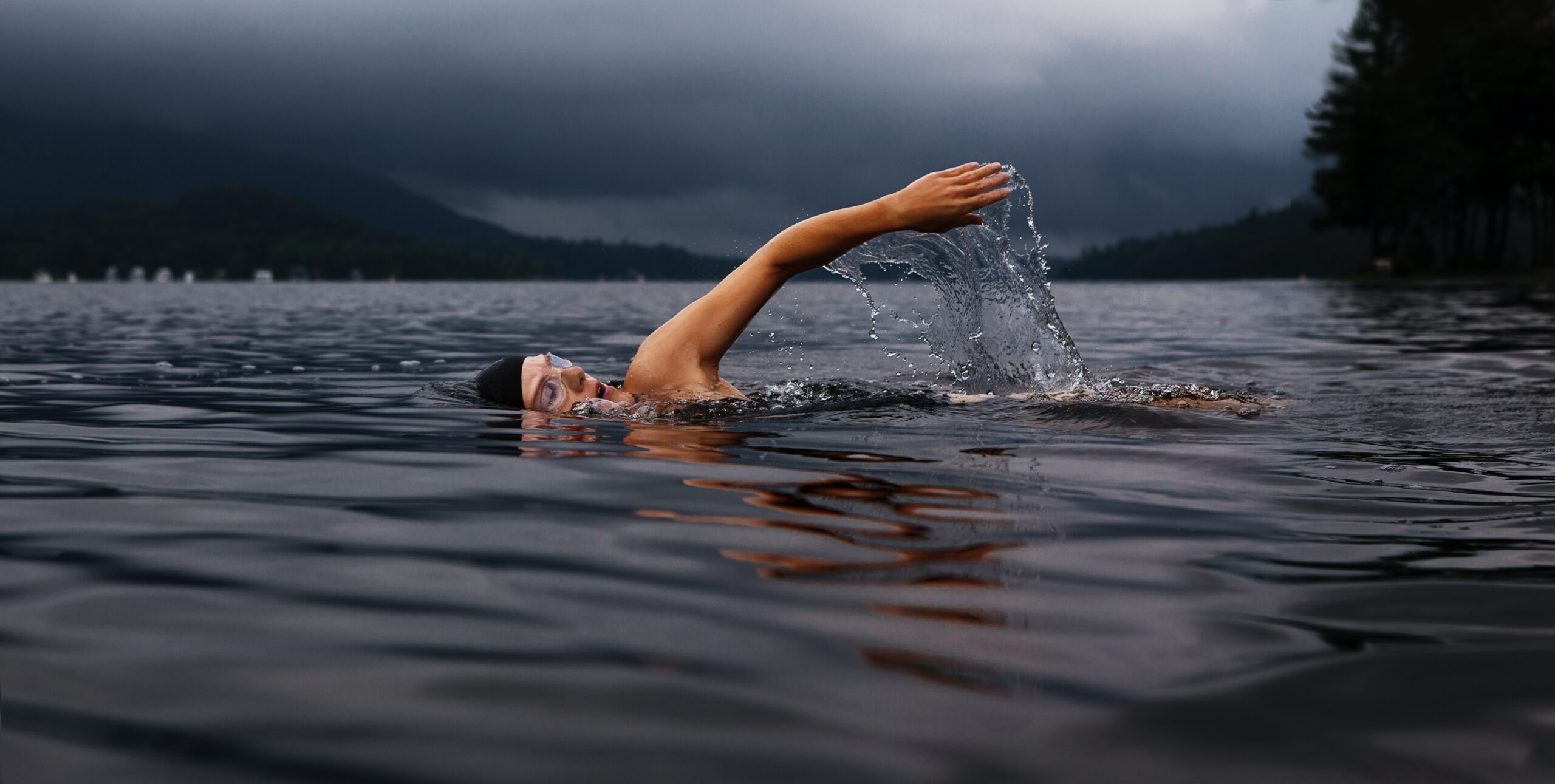Written by Noémie Prévost, M.Sc | 2021
As a result of modern water treatment and sanitation methods in developed countries, exposure to pathogens transmitted through contaminated drinking water is uncommon. Nevertheless, when surface water for recreational activities such as swimming, kayaking or surfing is used, contact with a variety of pathogens can occur. The four main pathogen families are bacteria, viruses, protozoa and worms. To protect public health, numerous regulations have been put in place. These regulations ensure that the surface water used for leisure activities comply with quality and safety standards, regarding the concentrations of pathogens present in the water body. Through this blog post, I intend to explore the world of pathogens present in recreational waters in greater detail.
What is Fecal Contamination?

Fecal contamination is the result of human or animal fecal matter entering surface waters, usually after a heavy rainfall.
- For fecal contamination of human origin, sewage overflows from combined stormwater and sewage systems are the main source in urban areas.
- For fecal contamination of animal origin, agricultural runoff reaching surface waters following a heavy rainfall is a key source, as well as the presence of water birds.
During fecal contamination, enteric pathogens are present in high concentrations in water. By enteric, we mean spread through the fecal-oral pathway. An infected individual will excrete an organism with his or her feces, which then ends up in the surface water during overflows. As a result, when the water is contaminated, the more water we ingest, for example when swimming, the more at risk we are.
Types of Pathogens

Bacteria
Bacteria are harboured by a variety of animals and are most easily observed as some can be cultivated in a laboratory, where the colonies formed can then be counted. Microbial quality indicators preferred for recreational waters are (1) E.coli for fresh water and (2) Enterococcus for seawater. They are both used as indicators of fecal contamination as they are easily cultured and are inexpensive to test. Some other bacteria associated with fecal contamination include Salmonella, Shigella and Vibrio Cholerae.

Viruses
Given their small size, a virus can only be observed under an electron microscope. There are over 140 types of human enteric viruses, many of which are hosted solely by humans. Since they are very difficult to detect, the importance of waterborne viruses is believed to have been historically underestimated. A few common enteric viruses are the enteroviruses, noroviruses, rotaviruses and the hepatitis A virus.

Protozoan
Protozoa are slightly larger than bacteria and are visible under the microscope. They are unicellular organisms and while some have behavioural traits found in animals; such as moving around and feeding on prey, protozoa are not classified as animals. Many protozoan parasites are harboured by a wide variety of animals. A few enteric protozoa of concern include Giardia, causing beaver fever, and Cryptosporidium.

Worms (Helminths)
Helminths commonly known as worms, pose a high burden of illnesses in regions that lack sanitation. Only one member of this family is endemic throughout North American surface waters. It is called Schistosoma which causes Swimmer’s Itch. Interestingly, in this case, the condition is an allergic reaction to the larval stage of skin-penetrating worms. Furthermore, it is not associated with fecal contamination, but rather with the presence of snails and water birds in slow-moving waters. Many helminth infections among humans require intermediate animal hosts. The infections have a tendency of being transmitted through contaminated soil and food.
Bottom line is that many pathogens are found in recreational waters, but the big question is when is the water deemed safe for use? Generally, it is assumed that when levels of a fecal indicator bacteria such as E. coli are elevated, many more enteric pathogens will be present. While studies attempting to establish direct proportional relationships between indicators and other pathogens have not always been conclusive, there is solid evidence linking high levels of fecal indicator bacteria to excess gastrointestinal diseases. As a result, although relying on these indicators will not give us a precise representation of the concentrations of each of the pathogens in the water, it is a practical tool that has proven its usefulness.
Sources :
-
https://onlinelibrary.wiley.com/doi/book/10.1002/9780470518328
-
Guidelines for Canadian Recreational Water Quality


